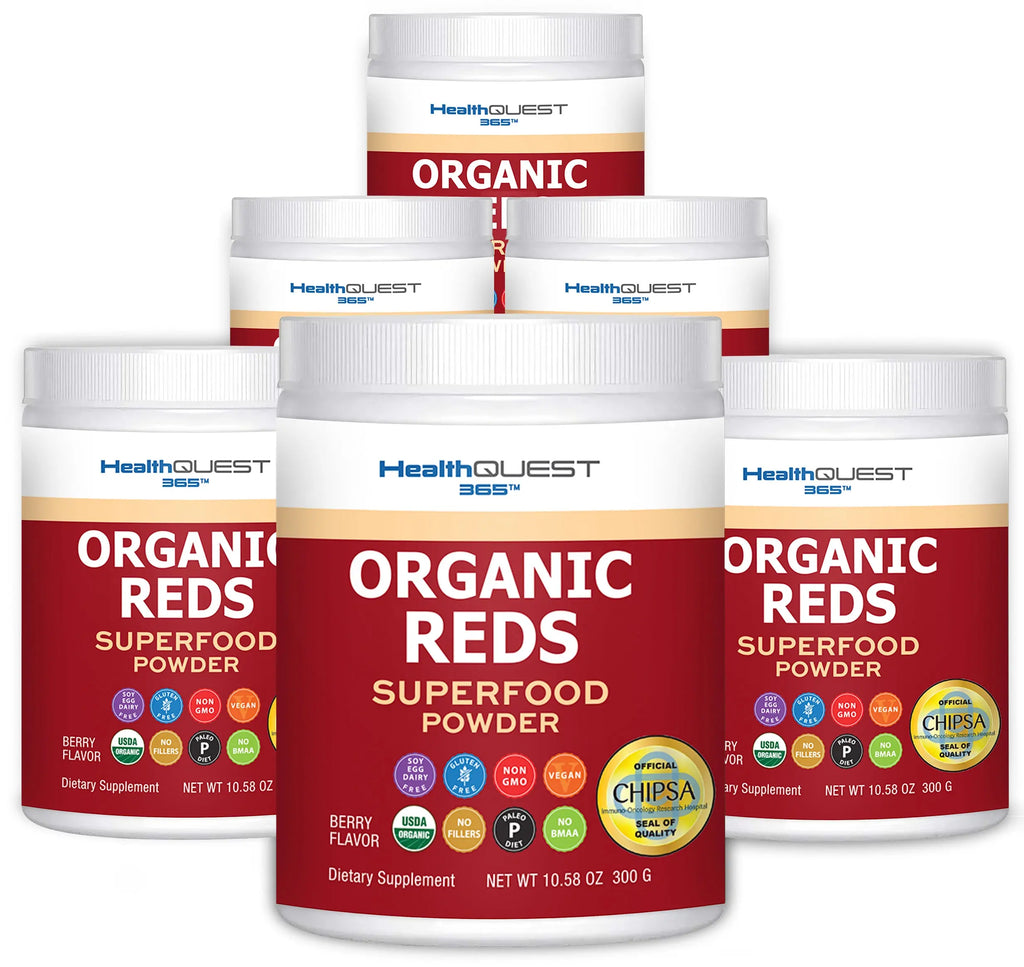It’s about health. It’s about healthy lifestyle. It’s about family™

Transform Your Life by Understanding the Nutrition Pyramid
When it comes to understanding a balanced diet, the nutrition pyramid acts as an essential guidepost. But what are the principles underpinning it? How can we apply them in our daily lives? Let's shed some light on this ubiquitous symbol of nutrition.

INTRODUCING THE NUTRITION PYRAMID
The Nutrition Pyramid is a visual representation of how to eat healthily. Commonly known as Food Pyramid, nutritionists, dieticians, and health educators use it to guide people in eating a balanced diet
A BRIEF HISTORY OF THE NUTRITION PYRAMID
The U.S. Department of Agriculture (USDA) introduced the nutrition pyramid in the 1990s. And it did nothing short of transforming how we visualize healthy eating.
This simple triangle doesn't just list foods quantitatively. It also ranks them qualitatively, showing which foods to favor and which to limit.
THE UNDERLYING PRINCIPLES OF THE NUTRITION PYRAMID
The nutrition pyramid is based on several fundamental principles about nutrition science, some of which we will discuss in this section.
UNDERSTANDING MACRONUTRIENTS
Macronutrients include carbohydrates, proteins, and fats. They are the building blocks of our diet.
We require these nutrients in significant amounts for energy, growth, and body functions.
UNDERSTANDING MICRONUTRIENTS
Micronutrients consist of vitamins and minerals, which are required in smaller amounts. Still, they are just as crucial for proper body functioning.

Give You ALL Our Best Workbooks
Get all the Best Workbooks + Action Guides from our expert
THE STRUCTURE OF THE NUTRITION PYRAMID
The Nutrition Pyramid is another visual guide used to represent the ideal quantities of different food groups that should be consumed daily. The structure is as follows:
THE BASE OF THE PYRAMID - GRAINS
This is the largest section and represents foods like bread, rice, pasta, and cereals. These are high in carbohydrates, which provide the body with most of its energy needs.
It's recommended to choose whole grains when possible for added fiber and nutrients.
THE SECOND LEVEL - FRUITS AND VEGETABLES
These should be consumed in abundance for their high content of vitamins, minerals, and dietary fiber. It's suggested to have a mix of fruits and vegetables for variety and maximum nutritional benefits.
THE THIRD LEVEL - PROTEINS AND DAIRY
This level is divided into two sections. On one side, you have proteins such as meat, fish, eggs, beans, and nuts. On the other side, you have dairy products like milk, cheese, and yogurt. These food groups are important for their supply of protein, calcium, and other essential nutrients.

THE TOP OF THE PYRAMID - FATS, OILS, AND SWEETS
At the very top of the pyramid are fats, oils, and sweets. These items should be consumed sparingly as they are usually high in calories but low in nutritional value.
The pyramid shape represents the concept of hierarchy. This indicates that some foods should be eaten more frequently than others.
It's important to note that this is a general guide and individual dietary needs may vary. You can talk to your healthcare provider for personalized dietary advice.

FREE "Mystery Gift"?
Let me stay in touch with you via email and as a thank you - get this FREE gift.. Something others paid over $1,000 for.
(True story)

THE BENEFITS OF FOLLOWING THE NUTRITION PYRAMID
Following the Nutrition Pyramid offers several benefits, promoting overall health and well-being.
-
Balanced Diet. The pyramid provides a visual guide to achieving a balanced diet. By following its structure, you can ensure you're consuming the right amount of each food group, which is key to getting the variety of nutrients your body needs.
-
Weight Management. By emphasizing whole grains, fruits, and vegetables, and limiting high-calorie, low-nutrient foods, the pyramid supports healthy weight management.
-
Disease Prevention. The pyramid recommends a diet rich in fruits, vegetables, lean proteins, and whole grains. It can help reduce the risk of chronic diseases, such as heart disease, diabetes, and certain types of cancer.
-
Energy Levels. The pyramid promotes regular consumption of complex carbohydrates. These are found in whole grains, fruits, and vegetables and are the body's primary energy source.
-
Bone Health. With dairy products represented, the pyramid reminds us to consume calcium-rich foods, essential for maintaining strong, healthy bones.
-
Digestive Health. The emphasis on fruits, vegetables, and whole grains means you'll be getting plenty of dietary fiber, which aids in proper digestion.
-
Educational Tool. The pyramid serves as a simple, straightforward educational tool to help individuals understand the principles of good nutrition and make healthier food choices.
MISCONCEPTIONS & CRITICISMS OF THE NUTRITION PYRAMID
While the Nutrition Pyramid has been a widely used tool in dietary education, it has also faced its share of misconceptions and criticisms:
MISCONCEPTION OF SERVING SIZES
The pyramid does not clearly define what constitutes a serving size, leading some people to consume too much or too little of certain food groups.
OVEREMPHASIS ON GRAINS
Critics argue that the pyramid places too much emphasis on grains. This can lead to an overconsumption of carbohydrates and potentially contribute to weight gain and other health issues.
LACK OF DIFFERENTIATION
The pyramid does not distinguish between whole and refined grains, or between lean and fatty proteins. This lack of differentiation can lead people to choose less healthy options within these categories.
FATS GROUPED WITH SWEETS
Placing fats at the top of the pyramid alongside sweets can give the impression that all fats are unhealthy, when in fact, certain fats (like those from avocados, fish, nuts, and seeds) are essential for good health.
ONE-SIZE-FITS-ALL APPROACH
The pyramid does not take into account individual dietary needs based on age, sex, physical activity level, or health status.
LACK OF GUIDANCE ON PHYSICAL ACTIVITY
The original pyramid did not include guidance on physical activity. It remains a crucial component of a healthy lifestyle.
CULTURAL INSENSITIVITY
The pyramid is based on a Western diet and does not consider the dietary patterns of other cultures.
Newer versions of the pyramid have been developed in response to these criticisms. This includes MyPyramid and MyPlate.
THE MODERN TAKE ON THE NUTRITION PYRAMID
The modern take on the nutrition pyramid has evolved quite a bit from the original version. The traditional pyramid placed grains at the base and fats at the top. This was critiqued for its lack of specificity and overemphasis on certain food groups.
In response, newer models have been developed to provide more nuanced guidance.
One such model is the Healthy Eating Pyramid developed by the Harvard School of Public Health. This pyramid places whole grains, healthy fats and oils, fruits, and vegetables at its base. It suggests that the bulk of a person's diet should consist of these foods. It also includes daily exercise and weight control as the foundation for a healthy lifestyle.

Another significant development was the introduction of MyPlate in 2011 by the United States Department of Agriculture (USDA). MyPlate replaced the traditional food pyramid with a plate divided into four sections:
-
Fruits
-
Vegetables
-
Grains
-
Proteins
It also had a separate smaller circle representing dairy. This model emphasizes portion control and including different food groups in each meal.
PRACTICAL TIPS FOR IMPLEMENTING THE NUTRITION PYRAMID
Implementing the Nutrition Pyramid into your daily life can be easier than you think. Here are some practical tips to help you make healthier food choices.
-
Start with Whole Grains. Aim to make half of your grains whole grains. Look for breads, cereals, and pasta that list a whole grain as the first ingredient.
-
Fill Half Your Plate with Fruits and Veggies. Try to cover half your plate with fruits and vegetables at each meal. Go for a variety of colors to get different nutrients.
-
Choose Lean Proteins. Opt for lean meats like chicken and turkey. Fish, eggs, beans, and nuts are also excellent sources of protein.
-
Pick Low-Fat Dairy. Choose low-fat or non-fat dairy products to reduce your intake of saturated fat.
-
Limit Sweets and Salty Snacks. These should be enjoyed in moderation. Try fruit, yogurt, or a handful of nuts when you need a snack.
-
Cook at Home More Often. When you prepare your own meals, you have more control over what you're eating. Try new recipes that include plenty of whole grains, fruits, and vegetables.
-
Stay Hydrated with Water. Instead of sugary drinks, opt for water most of the time. It's calorie-free and essential for your body's functions.

-
Be Active. Regular physical activity is an important part of overall health. Aim for at least 30 minutes of moderate-intensity activity most days of the week.
-
Practice Portion Control. Even healthy foods can contribute to weight gain if you eat too much of them. Use measuring cups or a food scale to ensure you're eating appropriate serving sizes.
EXAMPLE OF A BALANCED DIET IN PRACTICE
Opt for a breakfast rich in protein and complex carbohydrates.
For lunch, half your plate should consist of fruits and vegetables. The other half should ne split between whole grains and lean proteins.
For dinner, aim for a lean protein source, a variety of vegetables, and a small portion of whole grains.
THE FUTURE OF NUTRITIONAL GUIDANCE
As our understanding of nutritional science evolves, so too will the nutrition pyramid. Approach it as a flexible guide rather than a strict rulebook.
Looking for the best superfood powder partner for your nutrition? Look no further than Health Quest 365's very own Organic Greens 365 and Organic Reds 365!
FREQUENTLY ASKED QUESTIONS
The Nutrition Pyramid helps individuals visualize and understand the concept of a balanced diet and general nutritional guidelines.
The USDA created the Nutrition Pyramid in the 1990s.
The main criticism of the Nutrition Pyramid is its emphasis on carbohydrates, potentially leading to overconsumption and associated health issues.
Start by making small, manageable changes, such as adding more vegetables to your plate and opting for whole grains.
The Nutrition Pyramid offers a broad guideline. But individual dietary needs might vary based on health conditions, lifestyle, and personal preferences. Hence, it's wise to consult a healthcare professional for personalized advice.







